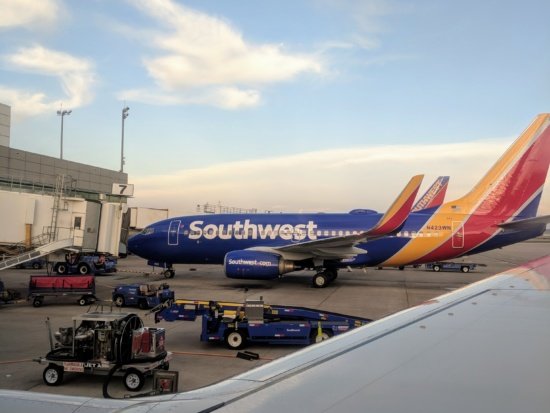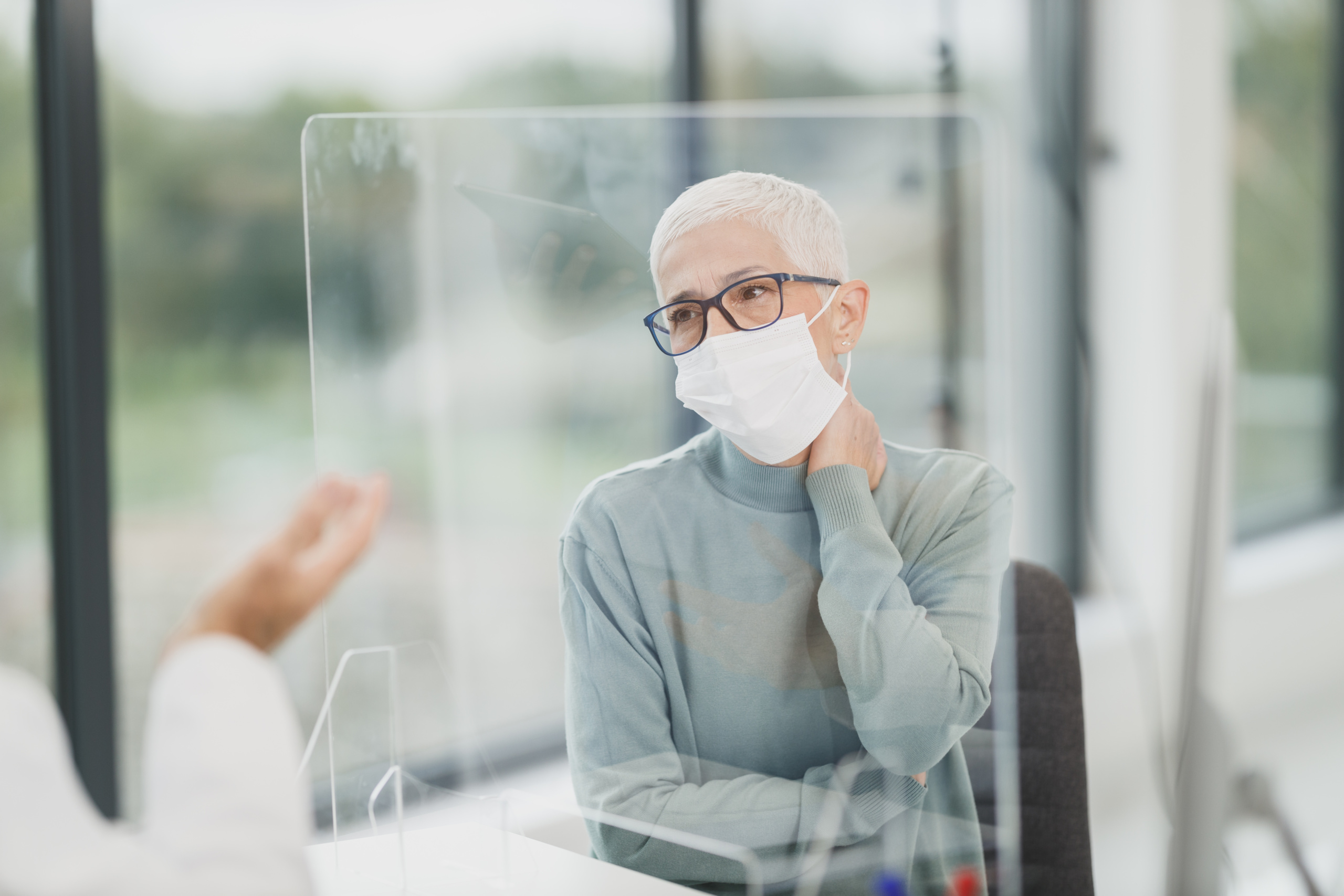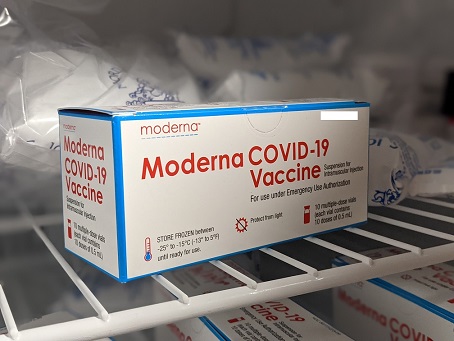Let me start of by just saying that despite all the bad news, the majority of us are taking the proper precautions and safeguarding the people around us. If we were just a minority, the virus would already have killed millions of Americans. With that being said we need to do better. It’s not ok for 200,000 more Americans to die by the end of the year because someone didn’t wear a mask. Remember: empathy over politics or personal beliefs….
Let me get this out of the way. We cannot afford to lock down again unless it is absolutely necessary. There is almost no safety net for low wage workers (who suffer the most) and there seems to be no willingness on the part of the federal government (both parties) to support the unemployed or less fortunate.
And so whatever I say here is just analysis from the patterns I’ve seen and articles I’ve read. It doesn’t mean take cover for your life, but there’s little doubt in anyone’s mind that you would probably be better off by doing so 🙂
TSA Screening 1M Passengers
Something making big news over the airwaves recently has been the TSA Screening over 1M passengers for the very first time since this pandemic “started” back in March. This is great news for an industry which has suffered more than most others due to the COVID-19 health emergency. Unfortunately, it only shows just how bad this winter could be for the airlines. Mobility patterns have been decent indicators of viral spread and more mobility has been shown to increase viral spread. This may come back to bite the industry. Yesterday, the United States reported nearly 77,000 new cases of COVID-19, which is the highest since the start of this pandemic.
We now have rampant infections even in the rural and remote parts of this country, where people seem to believe that they are far away and safe from the virus. The levels of positivity in these areas is so high that it’s impossible to contact trace and isolate incidence of the virus. And when you have no clue where the cases are, you don’t know which passenger is a carrier.
Now every passenger can make the argument that they are traveling responsibly and safely by wearing masks, washing hands, and socially distancing themselves from the ones around them. But unfortunately all it takes is one person to ruin the parade for everyone. After all, it’s not like everyone is walking around with a N95 mask on all the time.
Chances of Catching Coronavirus on the Plane:
There was a recent study the Department of Defense on a United Airlines plane, which I’m sure you guys have read, states that air travel is super safe and the odds of catching the virus on a plane is almost zero. While I tend to agree that mask compliance on airplanes is among the highest of any public locations, making it mostly safe, this study really comes with a huge asterisk next to it. The study itself was conducted on an airline desperate for bailout funds and a department which presumably wants to support the airline industry. It is also built under the assumption that everyone is wearing a mask all the time. What about when passengers are sipping on a drink or eating?
On top of this there is no way that those numbers remain close to uniform for every airport you fly out of and there was no way for them to account for it in such a short survey. Flying out of New York (as a resident from there) is no way the same risk as flying out of Miami or Salt Lake City where the positivity rates are above 10 percent. And even if the act of air travel itself is entirely safe, going through TSA and other activities at the airport present different problems. The study even says that the scope of it was limited since only one of the passengers actually had the virus before the flight.
The mask type problem
The one (and main) conclusion that can be drawn from the study is that masks make a difference. Without masks, transmission of the virus on aircrafts would be very much a problem. Just read about an Emirates flight which boarded with a whopping 27 coronavirus-positive passengers and only had 2 transmissions on board. Now Emirates in known for strict enforcement of mask wearing at most times, but even they couldn’t guarantee that the virus won’t spread on board. Part of the problem is compliance, but the other part is the type of mask.
While airlines have been ensuring compliance on masks now, the variety of masks and the policies we see on board is still somewhat problematic. We know for sure now that the gaiters worn by many don’t work well especially not to the level of a surgical mask or cloth mask. While this may not seem like an issue for most, this is a problem the industry might have to solve to instill more confidence in flying being ok.
I’ve heard from friends that certain airlines are providing surgical masks (in Europe mainly), if they see someone with a less effective mask, but I have not heard about it in the US. Airlines should consider enforcing the proper coverings to further ensure passenger safety as winter sets in and more passengers board with the virus.
Southwest Airlines Earnings Report
Yesterday’s Southwest Airlines earnings report is a good tell all sign for the industry as a whole. While leisure travel has picked up somewhat throughout the country, the truly lucrative business market is pretty much nowhere to be found as of yet. The airline lost over $1 billion dollars in the last quarter alone and is now requesting its employees to take a 10 percent pay cut to decrease cash burn even further. Southwest at present moment
The airline reported load factors in the 50-55% range. Which really indicates just how little blocking the middle seat hurt it’s business model. They were never really selling packed airplanes anyway according to Kelly and at least now they have a shot at filling planes more fully at peak hours when load factors are the highest I presume.
Now Southwest does claim that the the businesses that were big customers of it have spent some money, but they don’t really say how much. And I bet that’s for good reason, it likely doesn’t account for much of their business at the moment. Everyone knows that 10-20% of business travel is likely never to come back as the business world embraces digital conferencing. With the amount of cash Southwest has on hand (2-3 years worth), they likely suspect demand getting worse before it gets better. There seems to be a consensus on this within airlines, United’s CEO even went as far as to say that business travel probably won’t return to 2019 levels until 2024.
Is Testing the Solution?
Unfortunately, testing isn’t a great solution to heal the airline industry. Recent studies and what we’ve seen so far at super spreader events indicate that a person could very easily test negative for the virus on the day of testing and test positive the following day. This just opens up a Pandora’s box of thoughts on whether this passenger spread the virus on the plane or did not because he wasn’t infectious yet. The results are such a mixed bag that there is no way you can guarantee safety by this method with current testing strategies.
What airlines have introduced so far is very impressive, but even with a test you can’t ensure completely that people aren’t spreading virus on board or worse to a multitude of people on arrival. That small bit is enough to discourage many from traveling.
Europe Has a HUGE Advantage
I had to put this in here because I see constant comparisons between the US and Europe. We are not the same. The European Union is separate but together when it comes to borders. Each country can separate itself from its neighbors and close borders if it wants to and include/not include a country based on health safety criteria it has set. In the US you have one state suing the next state when there are strict borders in place. There’s nothing preventing a person from South Dakota (highest positivity) traveling to Maine (lowest positivity) by car. And it’s just plain impossible to monitor. In some ways this was inevitable in a nation our size with the travel freedoms we have. Without the willingness to have a collective strategy to tackle the problem, you can expect us to be behind Europe in getting it under control even in this third wave. It’s not that we are worse as a people, but our system is built very differently.
My Prediction (at the moment)
If we see a new record number of travelers around Thanksgiving this year, it’s a good indication that we are going to see rampant infection through the holidays. At some point down that road, I fear that we may reach an infection rate so high that air travel has a second bottom like the one we had in April (though likely not as low given the PPE and policies we have on hand now). The fall out from this without government help maybe worse than before…..
When do I think we will return to “normalcy”?
If the expected vaccine adoption is what it is suggested to be at the moment, it will likely be well into 2022 before we see travel get back to “normal.” Even then I suspect we will see face coverings and social distancing on planes for a while. As China, Australia (except Victoria), and New Zealand have proven, life doesn’t get back to normal until you have the virus under control or stomped out.
Can the government help?
Yes I believe it can. If the unemployment benefits are approved, at least the airline lay offs and furloughs won’t sting quite as much and maybe we don’t have to bail out the airlines and their shareholders yet again. I would personally rather see the money in the individuals’ hands instead of corporate hands.
A ridiculously tough solution to implement for air corridors and bubbles:
First let me just say that this is a rather out of the box solution for opening travel bubbles or corridors. I just thought I would throw this idea out there.
Some of the reasons people are unwilling to travel to destinations such as New York and Iceland (for example) are their strict quarantine policies on arrival. No one wants to pay for a hotel room or accommodation for close to two weeks just to quarantine before they are allowed out. It’s expensive and most people use up most of their vacation time in quarantine.
A potential solution that could work would be having people (voluntarily) strictly quarantine at home for 10-14 days before your specified travel day. An agency would track and ensure that you have not left the house for that period and assess that you are symptom free. They of course could use wrist/ankle bracelets to ensure compliance. And perhaps if it included a COVID test toward the end of the quarantine, it would give it the final stamp of safety.
I’m quite surprised there aren’t private security firms taking on this solution. It seems like a decent business idea. And these agencies could even tie up with foreign governments to boost the tourism industry in certain countries like Iceland.
Of course this is difficult to implement because it’s tough to fill flights with quarantine passengers alone. But who knows with the analytics airlines have at their finger tips, maybe there are certain routes where this could work?
What are my travel plans?
As I mentioned before, I work in the healthcare industry so my risk of exposure is probably higher than most. I also live with vulnerable individuals at home (I self isolate in a different area of the home when I must), so adding travel while cases are high isn’t on the cards for me because I don’t want to spread virus or catch it. So I’ve pretty much shut down my travel for time being. I was going to make a road trip to the Northeast United States this fall, but that fell apart because of family obligations.
The last trip I did make was back in August when my buddy Andy Luten (@realandyluten) and I visited Old Rock Church in Cranfills Gap (about 120 miles from where I live) for some astrophotography. I think this may end up being my favorite image since the pandemic started:
My advice:
Have a plan for your family gatherings. If you don’t plan on sitting this Thanksgiving out, make sure to travel outside the peak travel days to limit your exposure. Keep those gatherings small, wear masks even with family, and have a health safety plan/standard for the gathering. If you want to be 100 percent safe, quarantine at home for 10 days and/or do an at home COVID-19 test before setting out to meet your family or loved ones.
I personally can’t advocate any nonessential travel at the moment. Support your local businesses and keep travel to within that area until we come back down from this next peak.
Bottom Line
With the government (both parties) seemingly unwilling to help out the American public with additional unemployment benefits and support the industry with additional bailout money, we certainly have “not turned the corner” with regards to this virus or recession. Unfortunately, the “worst is yet to come” isn’t a farfetched idea given the statistics in the United States (~70,000+ cases daily). Without stability in our collective health, we probably won’t see the “v shape” recovery in the travel space everyone is hoping for. I very much hope I am wrong.
What are your thoughts on air travel at the moment?
Here’s a video I recommend watching on the topic:






You didn’t really offer any solutions. Actually I’d argue you over-exaggerated a lot of things. If the infection doesn’t spread on airplanes, how would traveling during thanksgiving spread it? People have to get back to normal, why has there been no focus at all on how to strengthen the immune system? The immune system is the best defense against any illness. Many people have already had the virus, and had no symptoms at all. Some had mild symptoms that went away after a few days. Very few actually end up in the hospital, flu causes more people to end up in the hospital. In 1918 with the Spanish flu a vast majority of people died from bacterial pneumonia, and that was caused by what exactly? Masks. I personally do not have an issue with wearing a mask in crowded spaces, but people need to do their own research and come to the realization there is a risk for everything in life and you have a much better chance of dying from something else than this illness. We have to get back to normal, too many cases of suicides, people being scared of going to hospitals, missed cancer screenings and treatment for all other diseases which have killed far more people than Covid.
I appreciate your willingness to wear a mask. But you must have missed the suggestions I had in the article.
I clearly state that even if spread on airplanes is low, that other areas of spread are problematic such as at airports, public places, ubers and spreading it to people at the destinations. I
I stated a solution: travel off peak if you must or stay home and support local businesses. There is no normal until we round up the virus. Acting like it is normal only makes it worse for everyone and delays the old normal.
I even suggest every family to have a health standard or plan in place for testing or quarantining or masking when getting together. And to do so in smaller groups. Act like you already have the virus and asymptomatic not like you won’t get it or you’ll deal with it when you do.
This is the new normal: social distancing and mask wearing (together not by themselves). At 83k infections, you have to keep track of the places you live and visit and constantly change your plans accordingly. The normal has changed and will remain so as long as people try to force the old normal.
One question I have since you mention China’s success regarding the outbreak after April:
If testing is far from an imperfect means of keeping track of this plague, how is China able to allow unrestricted domestic travel like we saw during Golden Week when they rely on a comprehensive testing + surveillance process to manage clusters?
What are they doing different that other countries cannot implement to allow air travel to start opening back up? Are they using different types of tests (PCR vs. rapid), or are they not telling the world the whole truth for political reasons.
Please clarify.
Hi Sean,
There’s a combination of things going on in China.
First of all, wherever there is a hotspot, China has surged millions and millions of tests to figure out where the virus is in that community (as seen in Qingdao)
In addition they have strict lockdowns in place which limit movement of people in hot spots. This keeps there R0 well below 1 for the country as a whole for the most part and spread of the virus remains not so bad.
In the United States, testing doesn’t work because there is so much widespread community spread (huge R0s and positivities) that contact tracing isn’t possible outside NY, VT and ME and a few states with positive rates below 2 percent. Last time I checked the US government isnt bringing a viral hotspot to a standstill, testing the heck out of the population (via PCR), and forcefully isolating those who have it.
If the US were to target and force widespread testing (it really can’t) in coronavirus hotspots, yes testing will work at other places because community spread wouldn’t be an issue.
Second of all, yes they (China) aren’t transparent with their cases or deaths. So you can’t be too sure that the so called golden week didn’t lead to a small spike. However the overall trends seem to indicate that there wasnt a huge spike given the mobility and consumer stats that we are hearing about from credible sources.
Thirdly, China has been using the vaccine on an unspecified number of people in it’s population since July. There is a likely chance this also contributes to the relatively “safe” place China claims to be.
Obviously it’s a complicated issue when you try to compare an authoritarian regime with that of a democracy like the United States. That’s what I was getting after when I mentioned that Europe was not the same as us. The reality of the matter is: lockdowns work but they are very anti-democratic and hurt the economy of countries without the social structure capable of upholding it’s entire resident population (not just citizens).
Given that we cannot lockdown collectively, the US must try to put forth health safety measures locally. This includes limiting public gatherings of any kind. The US has left it to the people so far to make that decision, but as the cases climb and hospital beds fill up. We know that we aren’t seeing everyone taking the proper precautions necessary to round this up without forcing anyone to do anything. It really comes to show how much of a individualistic society we live in compared to other places. It rewards us with innovation, but hurts us when it comes to coming together to defeat a pandemic.
Anyway, it’s a rather long answer and complex discussion, but I tried to summarize it here.